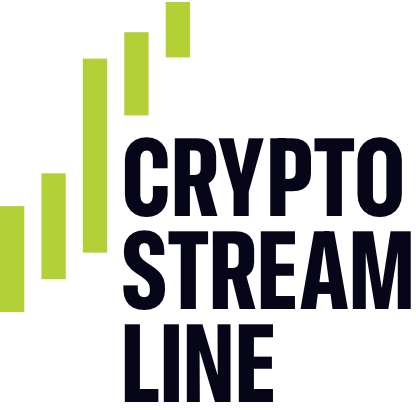Europe Suddenly Has More Gas Than It Can Use
As the energy crisis in Europe continues to unfold, a surprising turn of events has taken place. The continent, which had been struggling with a gas shortage due to reduced imports from Russia, is now facing a glut of liquefied natural gas (LNG). This sudden shift has left many wondering what the future holds for European energy markets.
Reducing Usage Remains Essential
Despite the lure of lower prices, reducing gas usage remains essential. According to Timera Energy, gas demand reduction across 2022 is estimated at about seven to nine per cent, mostly driven by the shutdown of large industrial consumers. However, this falls short of the EU’s 15 per cent target.
"Europe’s ability to navigate a parallel power and gas crisis across the next two years depends strongly on its ability to reduce demand," analysts at Timera said in a blog. "We think the crisis is far from over."
European Storage is 93.6% Full
European storage is currently 93.6 per cent full, with Germany reaching an impressive 97.5 per cent, according to Gas Infrastructure Europe. While this provides some comfort to the market, it’s only enough to meet demand for two months of colder weather. Therefore, Europe will need to continue attracting cargoes of LNG to maintain its supply.
Weather Forecasts Indicate a Milder-than-Usual November
For now, ships keep arriving. Northwest Europe is on track to receive 82 tankers of LNG this month, 19 per cent more than in September. More vessels are staying longer in so-called floating storage in anticipation of higher prices and amid limited capacity to receive the fuel.
"This situation that may last until mid-January," according to Oystein Kalleklev, chief executive of LNG shipowner Flex LNG Ltd. in Oslo.
LNG Shipowners Anticipate a Busy Period
Bloomberg’s index for loaded tankers on the water for 20 days or more has risen to the highest since at least 2017. Last week, Spain’s Enagas SA warned it may need to limit numbers as it has little room to absorb excess imports.
Price Volatility Ahead
While prices are falling now, demand from Asia could pick up and Russia could still end flows of gas that transit Ukraine, either purposefully or through infrastructure damage as fighting continues. Both would add upward pressure on prices and make filling storage more difficult next year.
European Energy Ministers Discuss a Temporary Cap on Benchmark Gas Prices
European energy ministers are also discussing a temporary cap on benchmark gas prices. However, one of the main arguments against the measure is that it may make it more difficult for Europe to keep attracting the LNG it needs this winter.
"As temperatures start to drop and storages get emptied, the market reality of supply-demand mismatch will mean higher prices, translating into further inflationary pressures," said Katja Yafimava, senior research fellow at the Oxford Institute for Energy Studies. "This problem is likely to become more acute during the next winter."
Conclusion
In conclusion, Europe’s energy crisis has taken a surprising turn as it faces a gas glut instead of a shortage. However, reducing usage remains essential, and European storage is currently 93.6 per cent full. Weather forecasts indicate a milder-than-usual November, but price volatility ahead due to demand from Asia and Russia’s potential reduction in gas flows could make filling storage more difficult next year.
Recommendations
- Reduce gas usage despite lower prices
- Continue attracting LNG to maintain supply
- Monitor weather forecasts for potential changes
- Keep an eye on price volatility due to demand and Russia’s potential actions
Sources:
- Timera Energy
- Gas Infrastructure Europe
- Bloomberg.com
- Oxford Institute for Energy Studies




